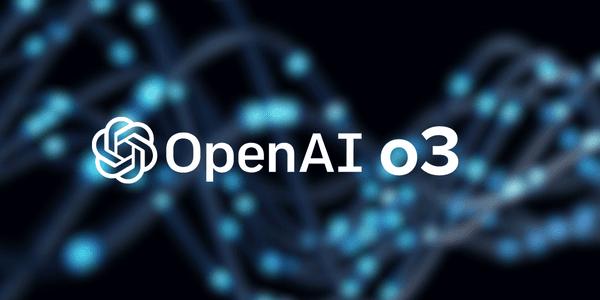Can artificial intelligence learn new skills in the same way that humans do? The ARC-AGI test answers this question, and OpenAI's latest model, o3, has delivered a remarkable performance. This model surpassed human performance on this challenging test. What exactly is ARC-AGI, and why is this breakthrough important?
What is the ARC-AGI test?
The Abstraction and Reasoning Corpus for Artificial General Intelligence (ARC-AGI) is a benchmark that challenges AI to learn new skills without prior knowledge. Instead of analyzing text, the test revolves around abstract pattern recognition using visual puzzles. The test consists of a grid of colored pixels, where an AI or person must discover the rules that transform an image.
ARC-AGI is specifically designed to measure how well AI can adapt to new tasks, something that is considered essential for achieving artificial general intelligence (AGI). This is a level of AI that matches or exceeds human intelligence.
A milestone in AI performance
OpenAI's o3 model achieved a score of 76% on the ARC-AGI test, higher than the average human score of 75%. According to François Chollet, the creator of ARC-AGI, this is the first time an AI has outperformed humans on this test. He emphasizes that this success demonstrates a new level of adaptive capability that has not been observed in GPT models before.
Impact on businesses and organizations
The improvements in AI technology, such as those in o3, can have significant implications for businesses. AI can now perform complex tasks that were traditionally reliant on human creativity and insight. Consider problem-solving, data mining, and even creative sectors. This advancement offers new opportunities, but also requires careful consideration of ethical and practical applications.
Limitations and challenges
Despite this breakthrough, o3 is not AGI. The model struggles with simple tasks that are obvious to humans, such as moving a colored square into a pattern. This indicates that fundamental differences still exist between human and artificial intelligence. Furthermore, there are questions about how o3's performance is achieved, as the underlying architecture and costs of the tests are not publicly available. Chollet expects that a new version of ARC-AGI in January will further test the limits of o3.
Conclusion
The results of OpenAI's o3 represent an important step forward in the development of AI. Companies that utilize AI must closely monitor these developments and consider how they can use them in an ethical and effective manner. While AGI is still not in sight, o3 demonstrates how closely AI systems can approach human intelligence in specific tasks.

